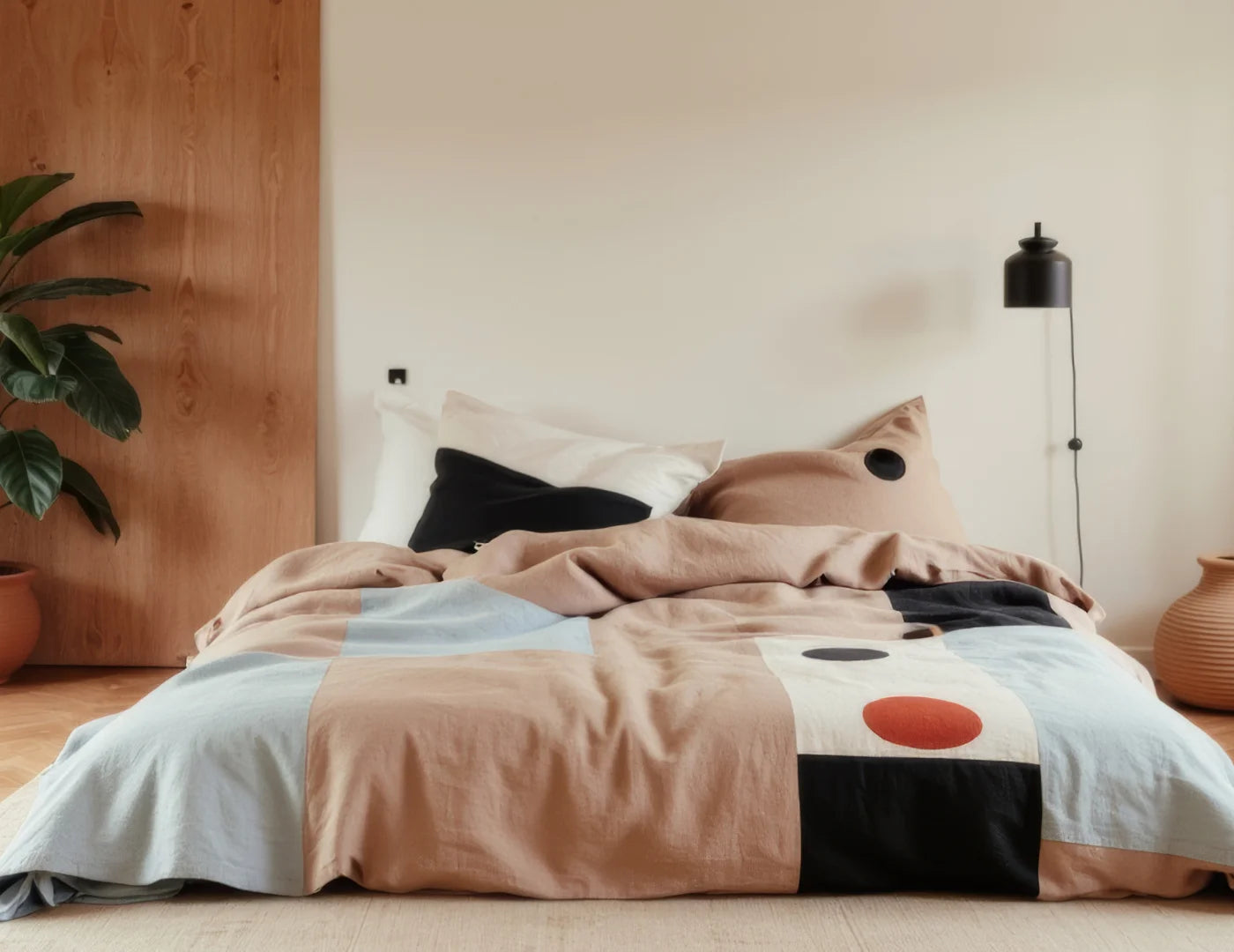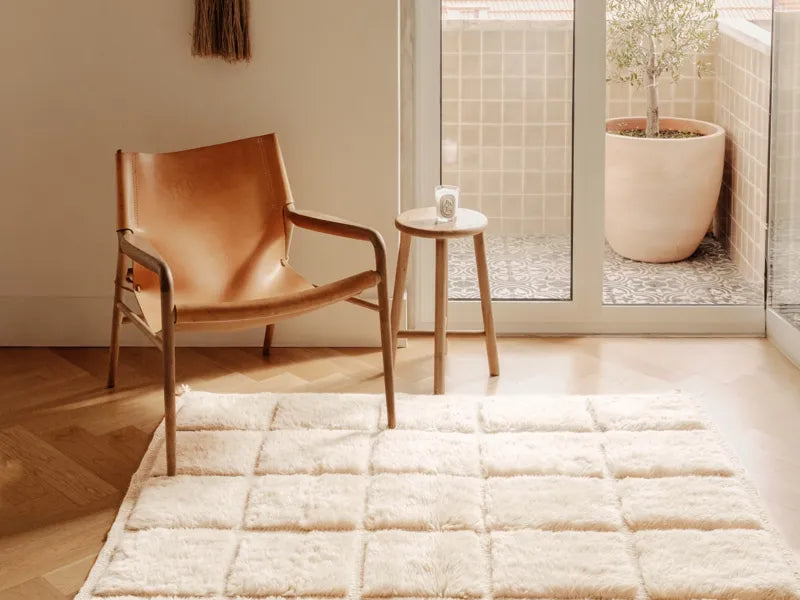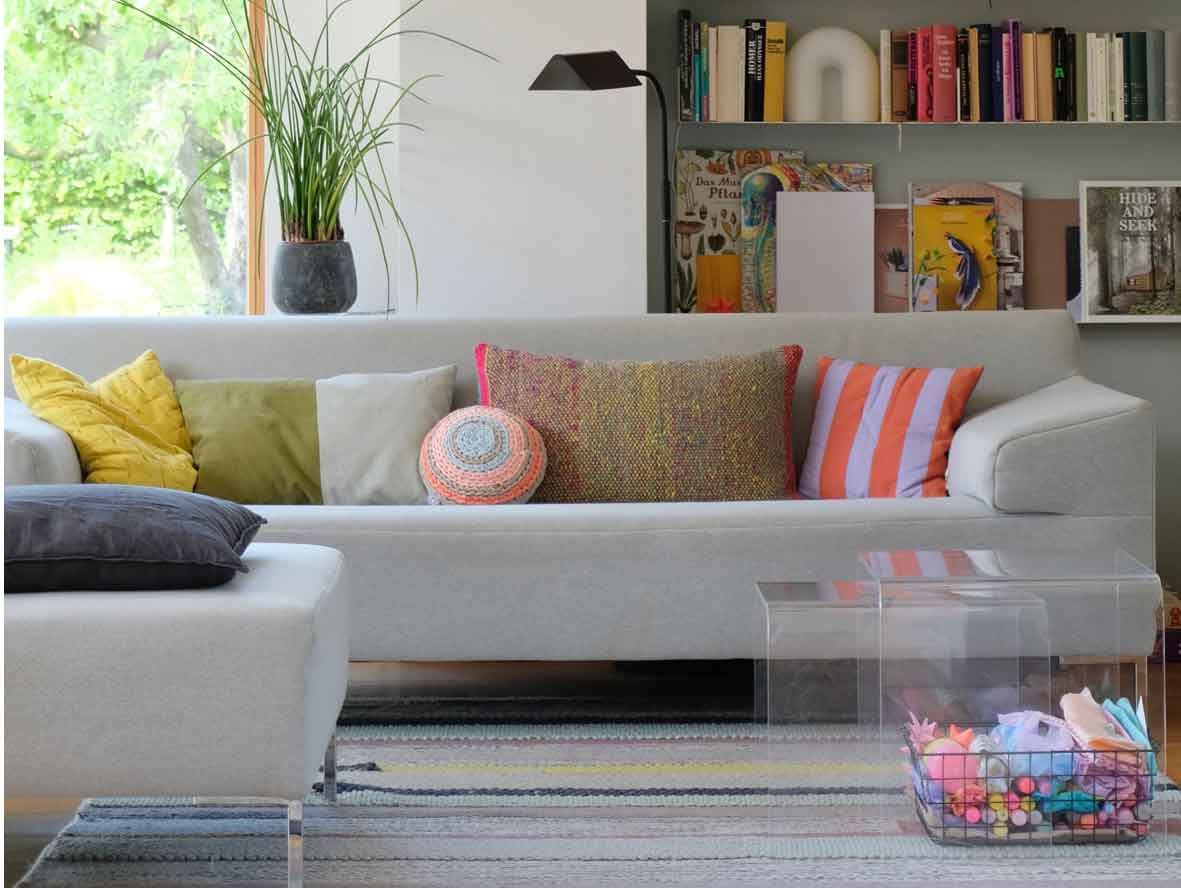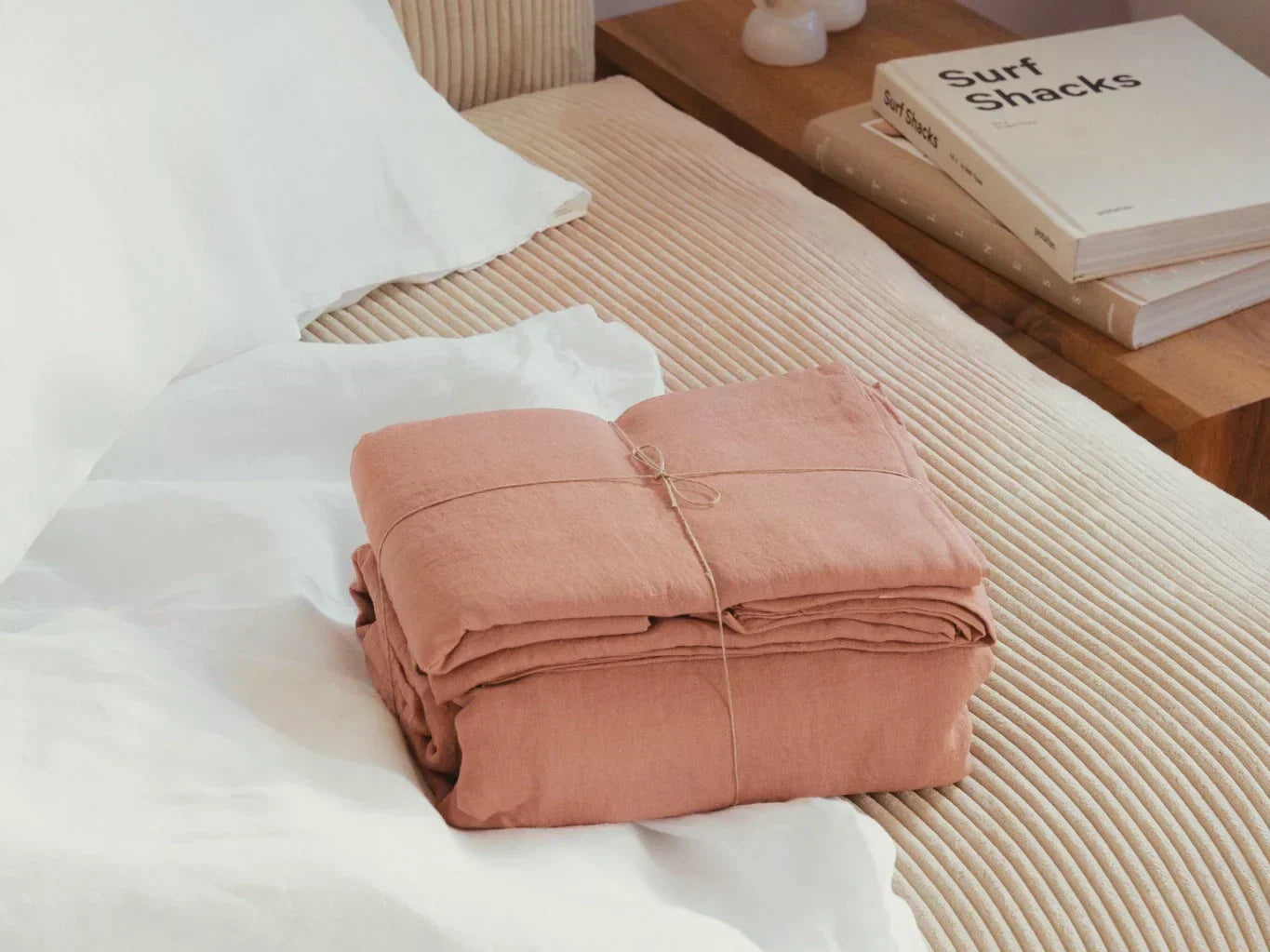The History of Berber Rugs: A Legacy of the Berber Tribes
Berber rugs have a long history that is deeply rooted in the traditions of the Berber tribes of North Africa. These nomadic peoples, who primarily live in the regions of the High Atlas and Middle Atlas in Morocco, have passed down their carpet-weaving art over generations. Each rug tells a unique story, often reflected in the specific patterns and symbols used by the weavers.
The tradition of rug weaving is closely linked to the everyday life of the Berbers. Originally, the rugs were made for personal use in the harsh and cold mountainous regions to provide protection and warmth. The patterns and symbols on the rugs often hold deep cultural significance, ranging from tribal affiliation to spiritual protection symbols. Some patterns symbolize fertility, while others offer protection from evil. These rugs are therefore not only functional objects but also cultural artifacts that reflect the identity and history of the Berber people.

The Making of Berber Rugs: Traditional Craftsmanship in Perfection
The making of a Berber rug is a labor-intensive and time-consuming process that requires genuine craftsmanship. Each rug is hand-knotted by skilled weavers, who have often learned this craft from their ancestors. The process begins with selecting the wool, which comes from local sheep herds. The wool is sheared by hand, cleaned, and spun before it is finally dyed. Traditionally, only natural dyes are used, derived from plants, minerals, and sometimes even insects, giving the rugs their characteristic earthy and gentle tones.
Once the wool is prepared, the weaving of the rug begins. This process can take several weeks to months, depending on the size and complexity of the pattern. The weavers often work in groups and use a horizontal loom, where the wool is woven row by row into a dense, durable rug. Each knot is carefully made by hand, giving each rug its distinctive texture and unique appearance.
Another characteristic feature of Berber rugs is the use of irregular patterns and asymmetrical shapes. These are not created by chance but are a deliberate design element that highlights the uniqueness and handmade character of each rug. No two rugs are alike—each piece is a one-of-a-kind that reflects the personality of the weaver and the traditions of their tribe.
Authenticity and Craftsmanship
The Berber rugs in our collection are made by our partner in Morocco, with a focus on sustainability and responsible production. This begins with the selection of materials and ends with fair compensation for the Berbers.
Our partner designs all the rugs themselves before they are hand-knotted on site. Each piece is also unique and tells its own story. Connecting with the weavers, understanding their work, and sharing their stories is especially important to us.
The Berber rugs at kanela are therefore not only decorative elements but also expressions of culture and craftsmanship. Open communication with the Moroccan producers is essential and ensures trust and closeness. The rugs are not only beautiful but also stand for fair and sustainable production methods.

Care and Material of Berber Rugs
All Berber rugs at kanela are made from 100% natural sheep wool, which is both robust and durable. To care for our rugs, we recommend regular vacuuming and occasional airing out in fresh air. Stains should be treated immediately with a damp cloth and mild soap. It is important to avoid harsh chemicals to prevent damage to the fibers and ensure your Berber rug lasts a long time.

Stunning Design and Pleasant for the Feet
At kanela, we want to share our passion for beautiful things, craftsmanship, decoration, and culture. With our rug collection, we combine all of these. Discover the incredibly beautiful and soft rugs we have found for you—it’s worth it!






Leave a comment
All comments are moderated before being published.
This site is protected by hCaptcha and the hCaptcha Privacy Policy and Terms of Service apply.